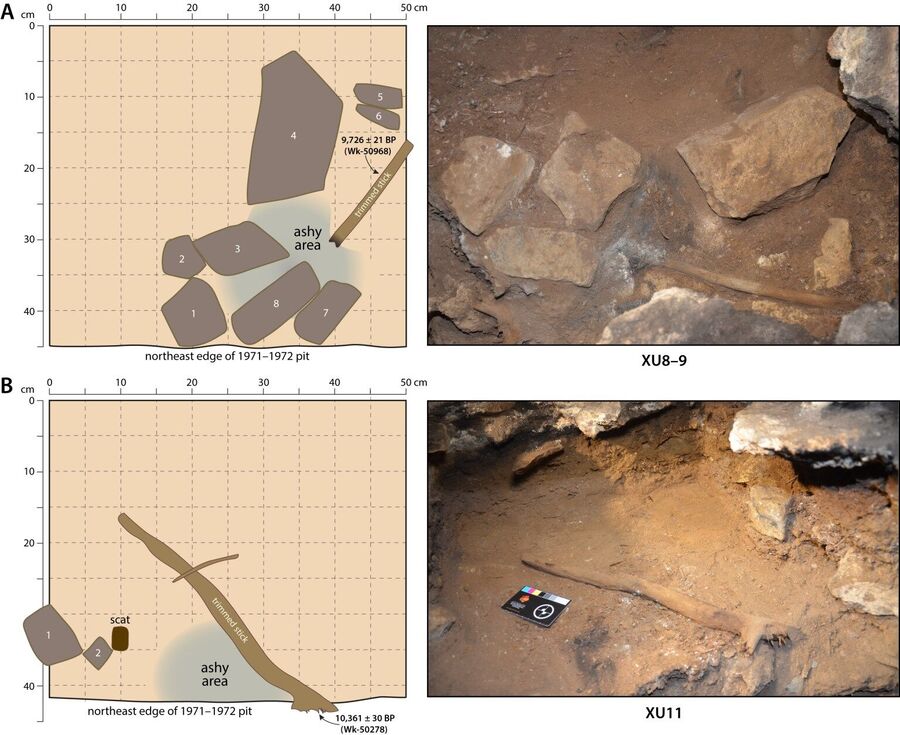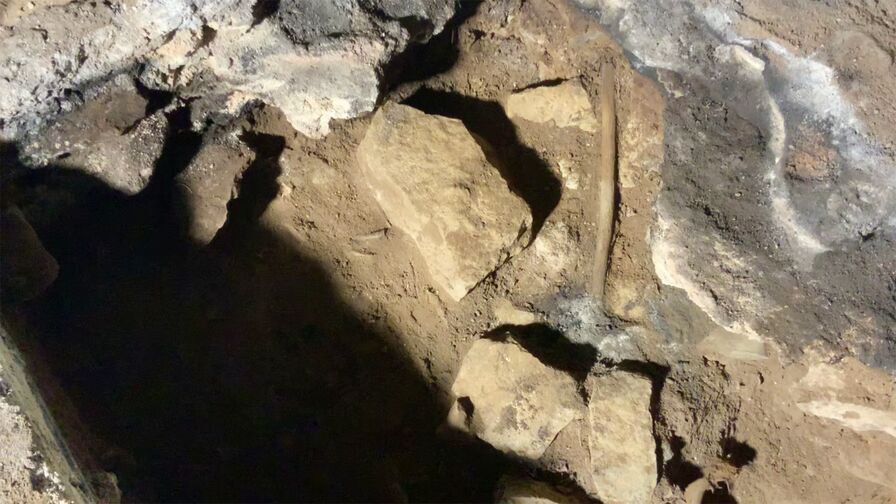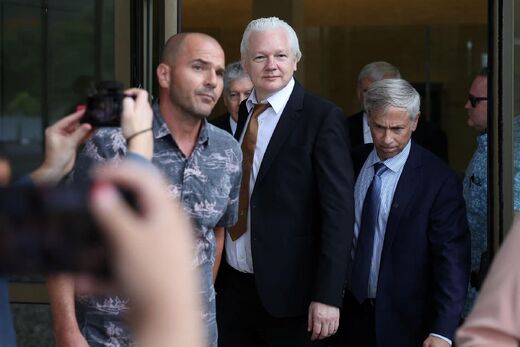Healing or harm
Accounts from colonists to Australia in the 19th century documented a specific GunaiKurnai First Nations ritual. The practice included preparing a shaped stick made of dense and hard Casuarina wood with fat and placing it before a fire until the stick falls.
"These rituals were performed by Mulla-mullung, akin to modern doctors, to heal people, or to place a spell on them," Uncle Russell Mullett, a study co-author, GunaKurnai Elder, and RAP Manager at GunaiKurnai Land and Waters Aboriginal Corporation, tells Popular Science. "Such rituals could be used for healing or for harm, depending on the circumstances of each ceremony."
However, archaeological material of cultural practices from societies without a written language is not usually preserved over long periods of time. The historical accounts of ancient rituals may have also changed as they were passed down between generations.
To combine archeological methods with GunaiKurnai Traditional Knowledge, the GunaiKurnai Land and Waters Aboriginal Corporation (GLaWAC) requested careful archaeological research be conducted at Cloggs Cave. This series of limestone caves on GunaiKurnai Country in southeastern Australia have long been associated with cultural life in the region.

Comment: It remains to be seen whether that is true, or that it's primarily in the recent past that these peoples avoided conflict: Evidence of peaceful prehistoric Japanese hunter-gatherers shows violence and warfare were uncommon
By combining Traditional Knowledge with technical methods, the team hoped to better understand and tell the story of GunaiKurnai Old Ancestors at the cave.
500 generations
In the study, the team uncovered two miniature fireplaces in the cave. Each fireplace is associated with a single shaped stick made of Casuarina wood that is about 10,000 to 12,000 years-old. The residue analyses of the sticks indicate that there were fats on the sticks, but the team did not find evidence of cooking or heating at the site.
From this evidence, the team believes that the caves were used for ritual purposes 10,000 to 12,000 years ago. This timeline is consistent with the rituals that were documented by ethnographers in the 19th century. These rituals may have been consistently practiced in GunaiKurnai Country since the end of the Last Ice Age-approximately 500 generations.
"It is remarkable to find largely intact installations, replete with their wooden artifacts made of Casuarina wood that had been superbly preserved together with their smeared animal or human fat," Bruno David, a study co-author and archeologist at Monash University in Melbourne, tells Popular Science. "That the details of these archaeological findings matched exactly the descriptions of ethnographically described 19th century GunaiKurnai ritual practices, indicating 12,000 years of cultural transmission of ritual knowledge is simply astonishing."
The team is currently doing detailed research on nearby caves that have sedimentary deposits that are capable of preserving more archaeological details of GunaiKurnai cultural practices. They are also discussing how to investigate other parts of this cave to better understand GunaiKurnai Ancestors and their culture.
"This research has been a close partnership between Gunaikurnai Traditional Owners and university researchers from the start," Mullet and David say. "If we were to identify a single key dimension for the research's success, it's the respectful partnership approach between everyone...this kind of research can only happen with mutual respect."




Comment: Australia is proving to be quite the repository for clues to the happenings in our ancient past.:
- Australian aboriginal stories of ancient sea level rise have survived for 10,000 years
- Australian Aboriginal people were baking bread and farming grain 30,000 years ago
However, clues of various kinds can be found in the superstitions, rituals, and festivals, of a great many places:- The Seven Destructive Earth Passes of Comet Venus
- Witches, Comets and Planetary Cataclysms
- The Mystic vs Hitler
And the insights that can be gleaned are fascinating indeed, for more check out SOTT radio's: